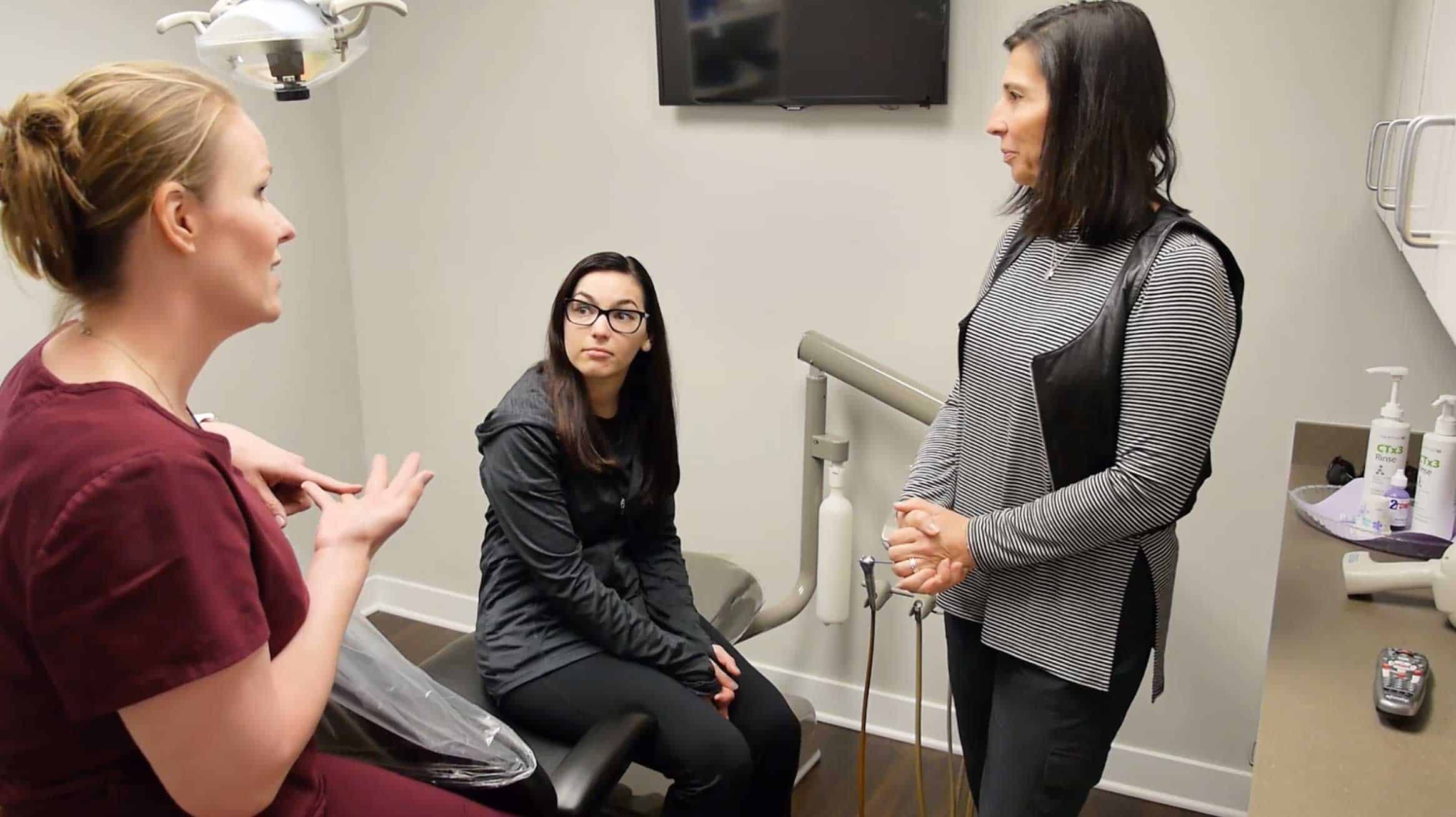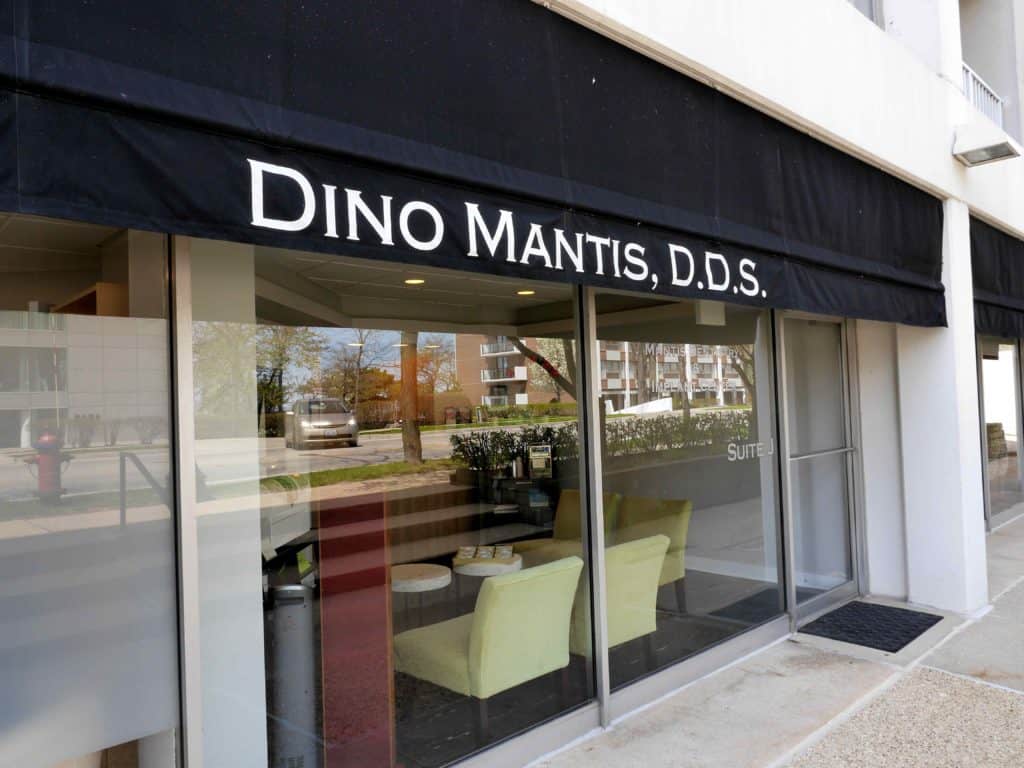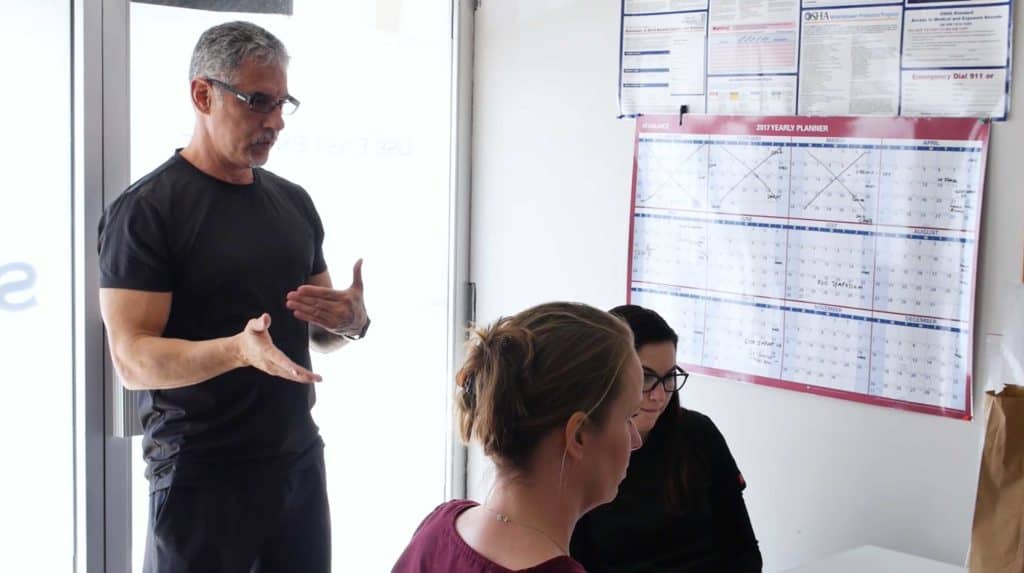Customer Story: Mantis Dentistry

When you visit your dentist (twice a year) you might not think about how they run their business. It’s not as easy as finishing dental school and putting out an “open for business” sign.
Dino and Tina Mantis, a husband and wife team, founded Mantis Dentistry of Wilmette, IL in 1989. They specialize in a wide range of dental services, including cosmetic dentistry, dental implants, orthodontics, as well as dentistry for children.
Dr. Dino Mantis focuses on taking care of their patients. He has extensive experience performing restorative dentistry, orthodontics, and cosmetic dentistry, offering a holistic approach taking into account the health of each patient’s teeth, gums, jaw joints, and facial muscles.
While Dino works with the patients, Tina handles everything else – from finances and office management to everything in between.

During Tina’s tenure, she has helped steer the company to accomplish the following:
- Guided the practice towards helping over 1,000 patients a year
- Advocated for and trains all new employees – more than 15 in the last year
- Provided guidance and recommendations on securing financing for the business
Read on to learn more about how Tina manages the practices’ cash flow and what it takes to keep their business running and growing year after year.
Tell us a bit about how you got started in the dental industry.
Tina: My husband and I have been running this practice for over 20 years. My husband is the dentist, and I handle the books – we’ve always divided and conquered in that way. For as long as I’ve known him, he’s always wanted to be a dentist. He just loves it.
After he finished school and became a dentist, we decided it would be beneficial for us to join forces and open a practice together. He would take care of technical and patient side, and I would do administrative side of the business. It’s been more than 20 years, so I think we’ve learned a thing or two along the way!
Any tips for other husband and wife teams? How do you decide who handles what aspects of the business?
Tina: I’d say the most important thing to do is to agree on a philosophy to run the business around. You need to be a team and stand together towards a shared vision. Communication is super important.
Another important thing to understand is each person’s strengths, and be honest about what those strengths are. You must honor that strength and make sure the right person is handling the right task. So, if one person has better communication skills, then that person should handle all of the employee relations.
Conversely, you also must be honest about what you maybe aren’t as good at or don’t even like doing and find ways to solve for that too. The best tip I can give is just to be open about what your strengths and weaknesses are and then manage around that.
What has been your biggest challenging in managing your cash flow, and how have you overcome that challenge?
Tina: The biggest challenge in managing cash flow is the gap between our accounts receivable and accounts billable. The timing doesn’t always match up. So, for example, if one of our patients takes two weeks to pay us, but we need to pay a lab for results today, we run into an issue. This dynamic creates a very serious cash flow issue.
The way we overcame this challenge was by putting a reserve account in place – you need to have cash on hand to account for this. Thankfully, there are small business loan providers like OnDeck that small businesses can use to address this exact issue. They value things about your business that others don’t – like how long you’ve been in business, how much revenue you make, etc., and base their decisions on this information. We took out several loans with OnDeck for this exact reason for several years. It has been incredibly helpful for us.
What are some of your key dos and don’ts for managing cash flow?
Tina: My “do” and my “don’t” are the same – you need to have a reserve account to manage the gap between services rendered and services paid. Any dental practice needs that cushion to account for that gap. I think that’s the niche that OnDeck fills – they understand what a small business like mine needs when it comes to financing.
You can be the best, most responsible, most conservative business owner in the world, but at the end of the day, you still need financing you can rely on.
At what point do you think it makes sense to seek financing for your practice? How do you know if it’s the right time?
Tina: You know it’s the right time once you have committed to the business and understand that you are in it for the long haul. That’s how we did it – we knew we had a viable business and wanted to keep our overhead low, but needed financing during some slower times due to the economy.
I think you just need to be honest with yourself about when you need the financing based on everything that’s going on, both inside and outside of your company. And, you need to think critically about what you’re investing in, your ability to pay it back, etc.
You shouldn’t wait too long – you want to act with a sense of urgency when you need financing and just be honest with yourself.
How do you manage tracking your cash flow? Is that something you outsource, or do you do everything in-house?
Tina: I do everything with Quickbooks. I check this daily, and it’s critical to how I approach my side of the business. I’d encourage everyone managing their own practice to do the same.
What role has access to capital played in your ability to grow your business?
Tina: Having access to capital has been critical to our success. It’s given me the opportunity to pay my vendors and keep my overhead low while we’re growing. It also keeps your mind at ease so you can focus on growing the business instead of getting so wrapped up in needing to pay your bills.
What advice do you have for other professionals who are thinking about seeking outside capital?
Tina: Don’t wait – it’s easy and it truly helps your business.
Where do you see your business five or 10 years from now? What’s your plan to get there?
Tina: We want to be the go-to provider for oral systemic health. Our goal is to maintain our leadership position by continuing to focus on quality care and putting the patient first.






